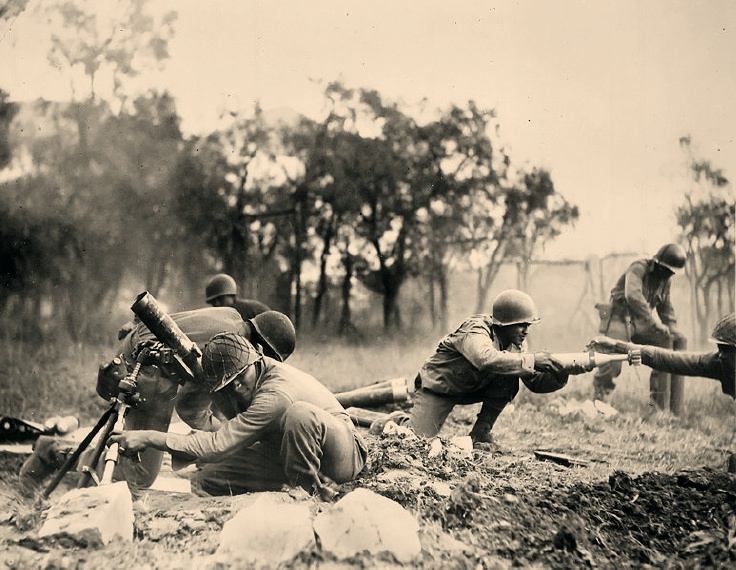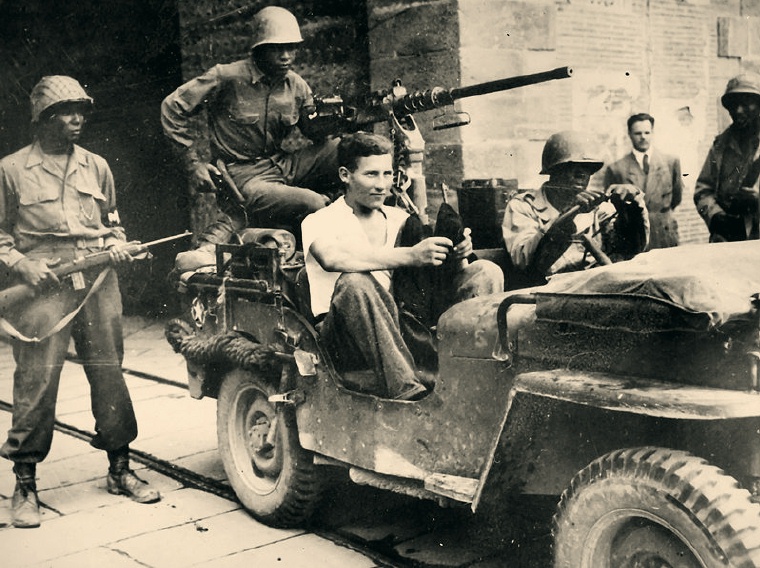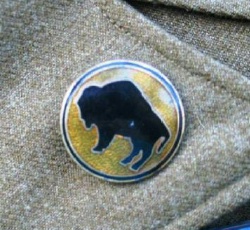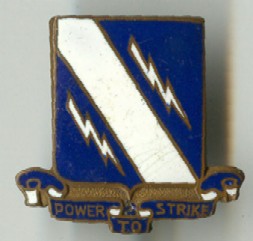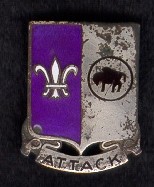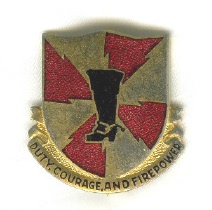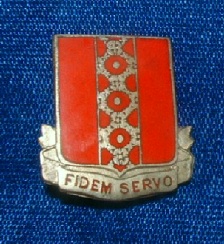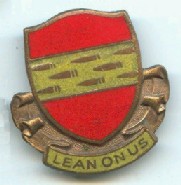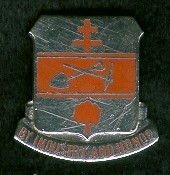|
History
The
92nd
Infantry
Division
Under
Construction
Brief history
follows: more to be added.
The 370th Regimental Combat Team, attached to
the 1st Armored Division, arrived in Naples, Italy,
1 August
1944 and entered combat on the 24th. It participated in the
crossing of the Arno River,
the occupation of Lucca
and the penetration of the Gothic Line. Enemy resistance was negligible
in its
area. As Task Force 92, elements of the 92nd attacked on the Ligurian
coastal
flank toward Massa,
5 October. By the 12th, the slight gains achieved were lost to
counterattacks.
On 13 October, the remainder of the Division
concentrated for patrol
activities. Elements of the 92nd moved to the Serchio sector, 3
November 1944,
and advanced in the Serchio
River Valley
against light resistance, but the attempt to capture Castelnuovo did
not
succeed. Patrol activities continued until 26 December when the enemy
attacked
(Winter Line), forcing units of the 92nd to withdraw. The attack ended
on 28
December. The attacking forces were mainly from the Alpine Division
"Monte
Rosa" a division of the army of the Italian Social Republic(4
battalions)
with the support of 3 German battalions. Aside from patrols and
reconnaissance,
units of the 92d attacked in the Serchio sector, 5-8 February 1945,
against the
Italian Bersaglieri Division "Italia", another unit of the army of
the Italian
Social Republic,
but enemy counterattacks nullified Division advances.
On 1 April, the 370th RCT
and the attached 442nd RCT (Nisei)
attacked in the Ligurian coastal sector and drove rapidly north against
light
opposition of German 148th Infantry Division supported by Italian
coastal
units. The 370th took over the Serchio sector and pursued a retreating
enemy
from 18 April until the collapse of enemy forces, 29 April 1945.
Elements of
the 92nd Division entered La Spezia and
Genoa
on the 27th and
took over selected towns along the Ligurian coast until the enemy
surrendered,
2 May 1945.
Between August 1944 and
May 1945 the 92d Division suffered
3,200 casualties, factoring losses from units attached to the Division
brings
the totals up to 5,000 casualties.
On Italian
Front the
Buffallo soldiers had opportunity to
made contact with men of many nationalities: beyond other segregated
Americans
like the Japaneses descendents, They had contact with the also
segregated
troops of British and French colonial empires( Black Africans,
Morrocans,
Algerians, Indians, Gurkhas, Jews and Palestinians )as well as with
exiled
Poles, Greeks and Czechs; anti-fascist Italians and the Non-segregated
troops
of the Brazilian Expeditionary Force.
Reorganization
- After the defeat by the German Counter-attack in December.
By
April 1, there were only 2,000 Negro
replacements available to the entire 92nd Division compared to 1,200
replacements for the Japanese-American 442 Regimental Combat
Team. Higher headquarters was concerned about how to re-equip the
all-black regiments to bring them back to full strength. The 365th Infantry Regiment was relieved by the 473
Regiment in the Serchio
Valley and
detached from the 92nd
Infantry Division and attached to the IV Corps for re-training and
re-equipping.
The 366th Infantry Regiment was relieved of its duties and
turned in their infantry equipment. They were converted to
two general service engineer regiments to serve behind the lines.
The 370
Regiment was removed from front-line duties and re-organized by transferring officers and men from the
other two organic division regiments.
Overh a 3 week
period, almost half of the men of the 370 Regiment were transferred out
and the experienced soldiers from the other two regiments were brought
in to it. By 1 March,
the re-organization was almost completed with the following changes.
Officers
= -62
+70
Warrant Ofcrs=
-1
+1
Enlisted
= -1264
+1358
Total
Strength = 139 officers, 3 warrant officers
and 2,800
enlisted men
The 473rd Regimental Combat
Team was organized from existing anti-aircraft units that were
no longer needed to defend against enemy aircraft. The units that
formed the new 473RCT included: 2nd Armored Group HQ, 434th, 435th,
532nd and 900 Anti-Aircraft Weapons Battalions. Colonel Willis D.
Cronk of 2nd Armored Group HQ was placed in command during the
reqganization and was soon replaced by Col. William P.
Yarborough. The 473RCT was sub-divided into three
battalions: 1st Battalion lead by Lt.-Col. Peter L. Urban, 2nd
Battalion under Lt.-Cole Hampton H. Lisle and 3rd Battalion lead by
Maj. Paul Woodward.
After
the reorganization was almost completed, General of the
Army Marshal visited the 92nd Division on 28 February.
“Although
official reports tend to give major credit to the 473rd, 442nd
and 370th Combat Teams for capturing major towns and cities, the
records establish that much of the credit should be given to the
Partisans.”
~~~~~
End of Text ~~~~~
|
